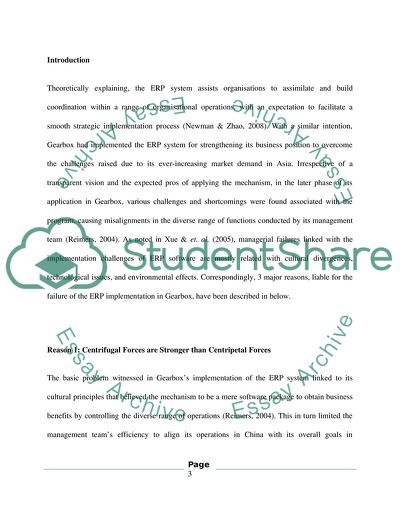Cite this document
(ERP in Digital Transformation Coursework Example | Topics and Well Written Essays - 1750 words, n.d.)
ERP in Digital Transformation Coursework Example | Topics and Well Written Essays - 1750 words. https://studentshare.org/environmental-studies/1809343-case-studies-in-digital-transformation
ERP in Digital Transformation Coursework Example | Topics and Well Written Essays - 1750 words. https://studentshare.org/environmental-studies/1809343-case-studies-in-digital-transformation
(ERP in Digital Transformation Coursework Example | Topics and Well Written Essays - 1750 Words)
ERP in Digital Transformation Coursework Example | Topics and Well Written Essays - 1750 Words. https://studentshare.org/environmental-studies/1809343-case-studies-in-digital-transformation.
ERP in Digital Transformation Coursework Example | Topics and Well Written Essays - 1750 Words. https://studentshare.org/environmental-studies/1809343-case-studies-in-digital-transformation.
“ERP in Digital Transformation Coursework Example | Topics and Well Written Essays - 1750 Words”. https://studentshare.org/environmental-studies/1809343-case-studies-in-digital-transformation.


